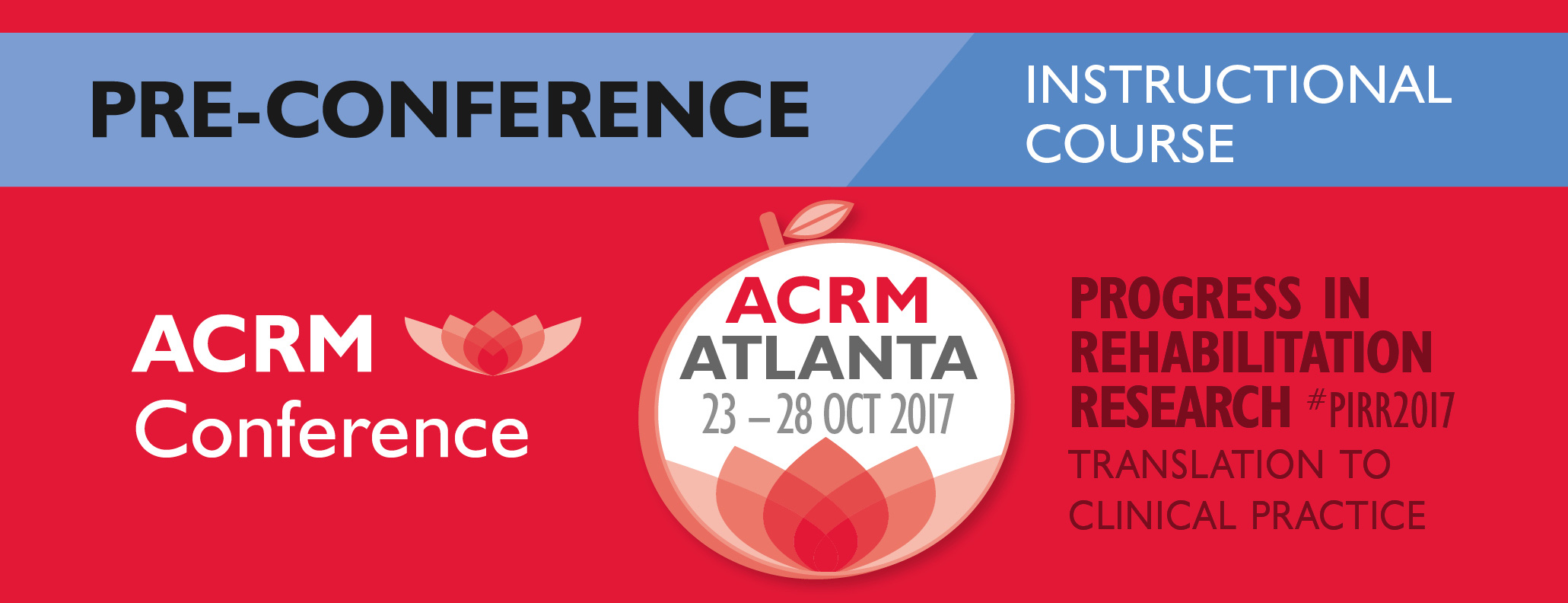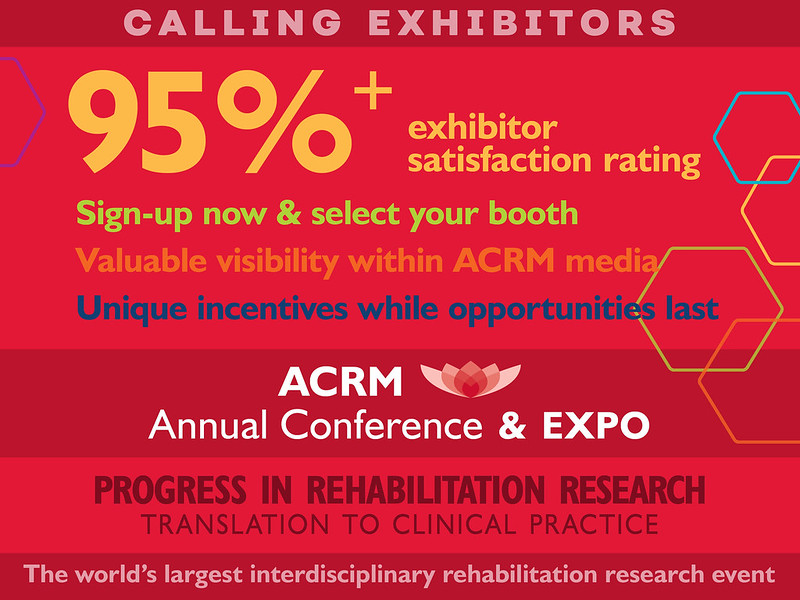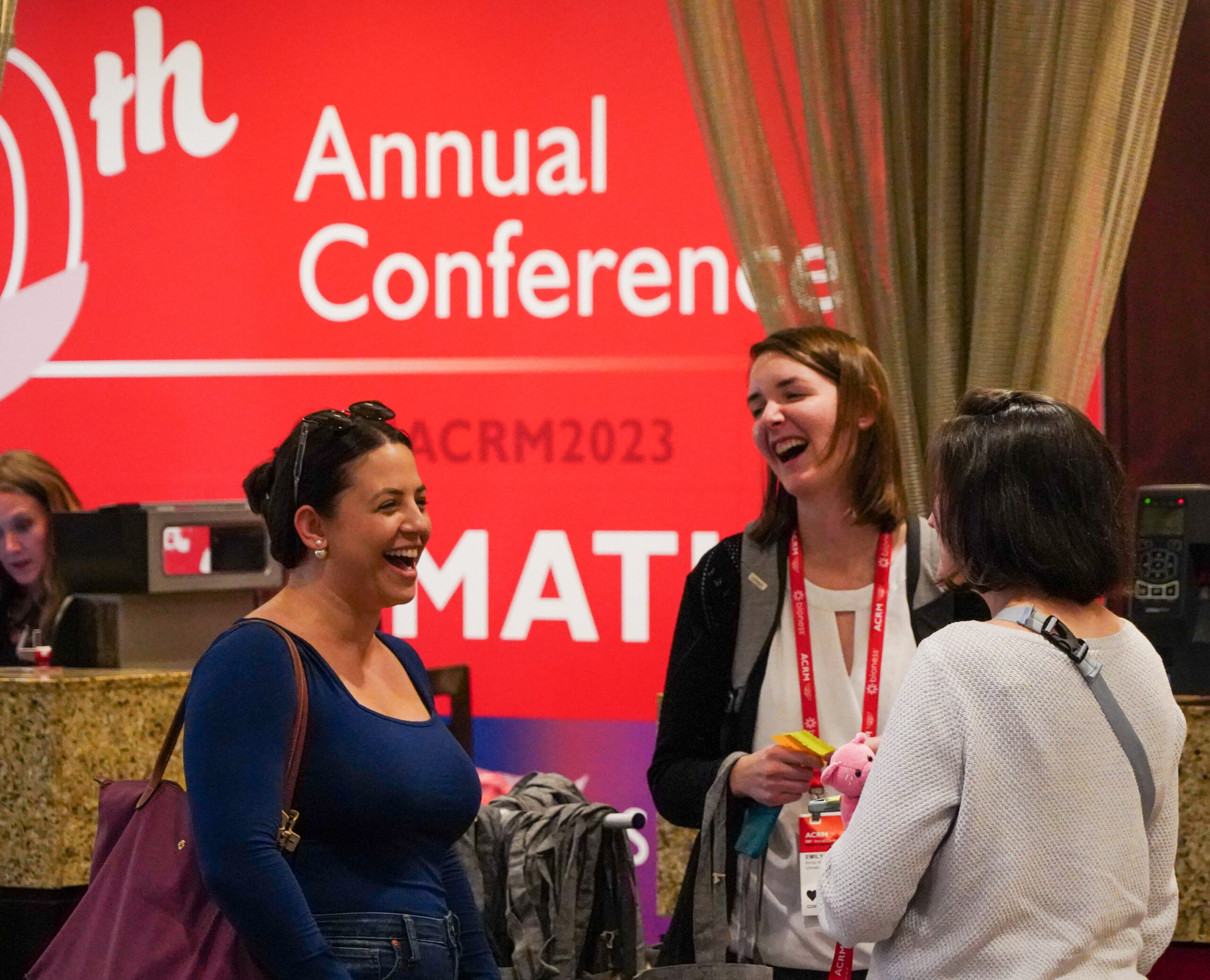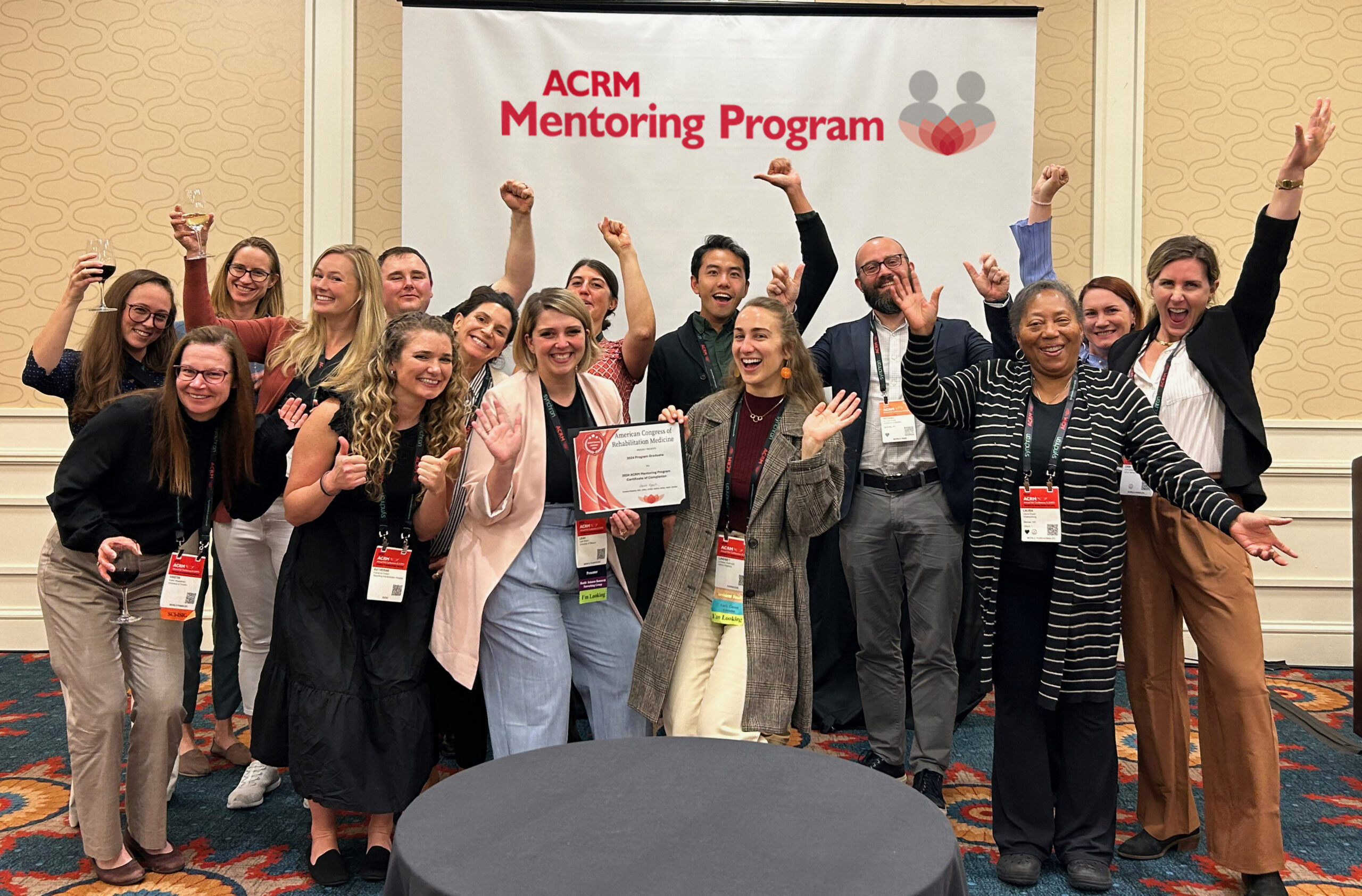WED 25 OCT // 8:30 AM – 12:30 PM
Primary Content Focus: Neuroplasticity (includes neuroscience)
Stroke remains a leading cause of disability worldwide, with survivors experiencing long-term decrements in independence and quality of life. Transcranial direct current stimulation (tDCS), a form of noninvasive brain stimulation delivers a constant, weak current that causes subthreshold upregulation or inhibition of targeted brain structures. tDCS is exceedingly safe, portable, and is efficacious in remediating a variety of post-stroke deficits (e.g., upper and lower extremity motor function, depression, memory), making it particularly promising for clinical practice. Despite its promise, tDCS has yet to be consistently incorporated into clinical neurorehabilitative practice.
LEARNING OBJECTIVES
- Describe the mechanisms of Transcranial Direct Current Stimulation (tDCS)
- Summarize the evidence regarding the use of tDCS in various neurologic diagnoses and indications
- Discuss the clinical considerations and barriers of tDCS use in clinical neurorehabilitation
PRESENTERS
Heather Peters, PhD, OTR/L
The Ohio State University
Marcia Bockbrader, MD, PhD
The Ohio State University Wexner Medical Center
Lynne Gauthier, PhD
The Ohio State University
Stephen Page, PhD, OTR/L, MS, MOT, FAHA, FACRM, FAOTA
The Ohio State University
BIOS

Dr. Heather Peters’ overall career goal is to improve functioning and quality of life in survivors of stroke. Over the past four years as a Graduate Research Associate, she has had the opportunity to take part in several experiences that have allowed her to develop the necessary skills to pursue this goal, particularly in the area of noninvasive brain stimulation for assessment and treatment of post-stroke motor impairment. Dr. Peters had the opportunity to serve as a certified transcranial magnetic stimulation (TMS) technician on the NICHE (Navigated Inhibitory TMS to the Contralesional Hemisphere) device trial. She was also awarded a grant from LSVT Global to fund a case series investigating the effect of transcranial direct current stimulation on upper extremity motor recovery in chronic stroke. Dr. Peters has published eight manuscripts (with 2 more in press and 1 in review), presented 20 posters or platform presentations at the local, state, national and international level, and co-edited a special issue focused on neurologic interventions for the American Journal of Occupational Therapy.

Dr. Marcia Bockbrader completed PhD and fellowship training in Psychological and Brain Sciences at Indiana University, winning competitive positions as a Mellon Fellow in Humanistic Studies and a National Defense Science and Engineering Graduate Fellow. She completed her MD and subsequent residency training in Physical Medicine & Rehabilitation (PM&R) at The Ohio State University. She then joined the Ohio State physiatric faculty, becoming a Neurorehabilitation Attending at Dodd Hall, Research Physiatrist for the OSU Neurological Institute, and Director of PM&R residency research. She has completed training in noninvasive brain stimulation (NIBS) through the Berenson-Allen Center for NIBS, the B.R.A.I.N Lab at Ohio State University, and Nexstim. She also completed clinical trials training through the NINDS Clinical Trials Methodology Course (NINDS R25: NS088248). Dr. Bockbrader holds specialty certifications in Physical Medicine & Rehabilitation and Brain Injury Medicine. Her clinical area of expertise is the management of rehabilitation needs of patients with acquired brain and spine injuries, e.g., from stroke, trauma, or cancer. Dr. Bockbrader was named one of the best doctors in America in Castle and Connolly’s Guide to America’s Top Doctors in 2015 and 2016. Dr. Bockbrader has published on neurorehabilitation technology and cognitive neuroscience techniques translated for use in clinical populations. Her expertise extends to EEG analysis, visual psychophysics, brain-computer interfaces, functional imaging, and NIBS. She has been a PI or co-PI for clinical trials of navigated rTMS, tDCS, and brain-computer interface technologies in clinical populations. Her NeuroLife research in collaboration with the Battelle Memorial Institute has been featured in publications such as the The Washington Post, The New York Times, The Wall Street Journal, Scientific American Mind, Popular Mechanics, Wired, NPR, CNN, BBC News, Mashable, HBO Vice, the Big Ten Network, Dr. Sanjay Gupta’s blog on Everyday Health and at SXSW Interactive 2016.
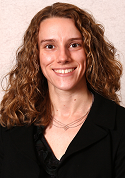
Dr. Lynne Gauthier has received training in both neuroimaging and constraint-induced movement therapy. As a former graduate mentee of Dr. Taub, she began a program of research that utilizes new neuroimaging techniques to better understand the structural brain changes that accompany CI therapy and other rehabilitation strategies. She was the first to apply the technique of longitudinal voxel-based morphometry to individuals with neurological impairment to examine the effects of therapy on brain structure. This work resulted in a high-impact paper in Stroke. During her time as Assistant Professor at The Ohio State University (OSU), she has continued to further her work in neuroplasticity and stroke rehabilitation, aided by funding through the American Heart Association and the Patient-Centered Outcomes Research Institute. She has translated her research findings into her clinical work as a Rehabilitation Psychologist, establishing a CI therapy clinic at OSU. Through this clinic, she has gained practical experience applying empirically-supported CI therapy principals to everyday clinical practice.

Dr. Steven Page has led dozens of stroke recovery trials, published more than 100 peer-reviewed manuscripts, and has held uninterrupted extramural funding to study the functional and neural effects of rehabilitative therapies that his team developed, particularly in the area of stroke rehabilitation. This team has produced many “firsts” in neurorehabilitation, developing and showing efficacy of mental practice, portable robotics, modified constraint-induced therapy, functional electrical stimulation, and several other innovative strategies in stroke. Dr. Page has also served as guest issue editor for 12 special issues of rehabilitative and neurological journals since 2001, including The Archives of Physical Medicine and Rehabilitation, The American Journal of Physical Medicine and Rehabilitation, and The Journal of Head Trauma Rehabilitation. He served on the editorial boards for the two flagship journals in his field (The American Journal of Occupational Therapy, The Occupational Therapy Journal of Research), and is a fellow the American Heart Association, The American Congress of Rehabilitation Medicine, and The American Occupational Therapy Association, making him the only individual to hold all of these distinctions.
ACRM Annual Conference, Progress in Rehabilitation Research (PIRR#2017)
CORE: 25 – 28 OCT 2018 // HILTON ATLANTA, USA // PRE-CONFERENCE 23 – 25 OCT
REGISTER ONLINE HERE or Register by Phone: +1.703.435.5335
 |
 |
 |
 |


